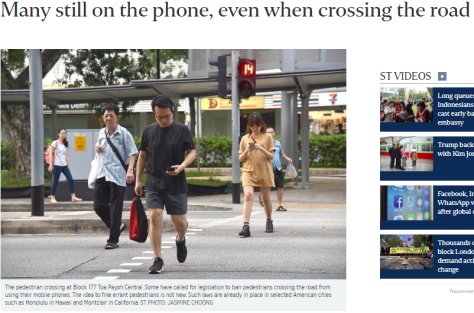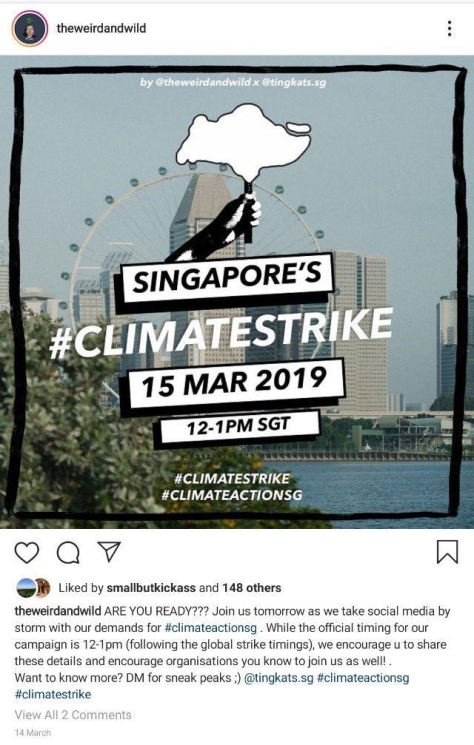A field trip! To a farm! That seemed like the kind of things we would only get to experience back in primary school. But the BES freshmen recently had the opportunity to visit a local farm called Sky Greens. Here’s a little bit more about it!

Sky Greens is a vertical farm located in Yio Chu Kang and it was founded in 2010 by Mr Jack Ng. It is the world’s first low carbon and hydraulic driven vertical farm. Woah woah… what does this mean?
Basically, the vegetables are grown on shelves fitted on 9m high structures. How this farm works is that the shelves will rotate throughout the day to ensure that the vegetables on different shelves will receive sufficient sunlight for growth. Rainwater collected on the farm is pumped into the system to allow the shelves to rotate and also irrigate the plants.


Mr Jack Ng shared that he started this project because he was interested in doing farming after he retired. However, as current farming methods are very labour intensive, he decided to explore better farming methods.
While some farms may use hydroponics, Sky Greens grow their vegetables in nutrient rich compost. The contents of the compost include “Nespresso” recycled coffee grounds, recycled vegetable waste, beneficial microbes, seaweed extract, bean sprout waste, recycled woodchips and chicken manure. It was really amazing how he was able to reuse food waste and incorporated them into his compost, turning waste into something useful instead! Such efforts to reduce waste are truly admirable. In fact, the coffee grounds act as a form of natural insect repellent due to its acidity, thus benefiting the vegetables as well.

The efficiency of this farm also was truly mind-blowing. It required 95% less water, 75% less labour, electricity and 10x more yield compared to an open field vegetable farm. It honestly sounded too good to be true! Such green solutions are definitely needed, given that the global demand for food is increasing while resources are becoming more scarce. Moreover, the farm produces approximately 500kg of greens per day which are packaged and sold at FairPrice express outlets around the island. The greens sold are mostly what locals consume (Cai Xin, Xiao Bai Cai, Mai Bai etc). In fact, it only takes 4hours for the greens to hit the shelves after being harvested, in comparison to imported produce which can range from 3 days to 3 weeks. (Lim, 2015).

Mr Jack Ng explained that he wanted to keep his produce organic and not use pesticides to keep the pests away. As such, he resolved this problem by producing “mini vegetables” instead. These mini vegetables are smaller in size than regular vegetables, but also required less time to grow (only 3-4 weeks are required!) By harvesting the vegetables earlier, he would be able to reach the food before the pests, so that no pesticides would be needed. I personally thought that was a pretty genius idea.


Moreover, this mini-series was also found to contain 35% more antioxidants than regular Cai Xin. What struck me as well was his heart behind producing the vegetables this way. Mr Jack Ng shared that he was adamant about not using pesticides as he would only be willing to grow what he would be willing to eat. As a farmer, he had the responsibility over what he was producing, because it was what people were going to consume. Truly, being a farmer is more than just planting crops, but also impacting the health of whoever would be consuming your food!
As a country that imports more than 90% of our food (AVA, 2019), we are heavily dependent on other countries to supply us the food we need. Honestly, that is quite scary, because we definitely cannot sustain ourselves if we were to stop importing food. With urban projects such as Sky Greens, we are certainly heading towards more efficient and sustainable methods of food production and increasing our food security in the long run. What an eye-opening trip!
Written by: Ann Shin
References
LIM, J. (2019). Vertical farming invention wins global award. Retrieved 9 September 2019, from https://www.straitstimes.com/singapore/vertical-farming-invention-wins-global-award
AVA Vision | AVA Unveils Updated Food Security Roadmap. (2013). Retrieved 7 September 2019, from https://www.sfa.gov.sg/files/avavision/issues3-4_2013/food-security-roadmap.html\















